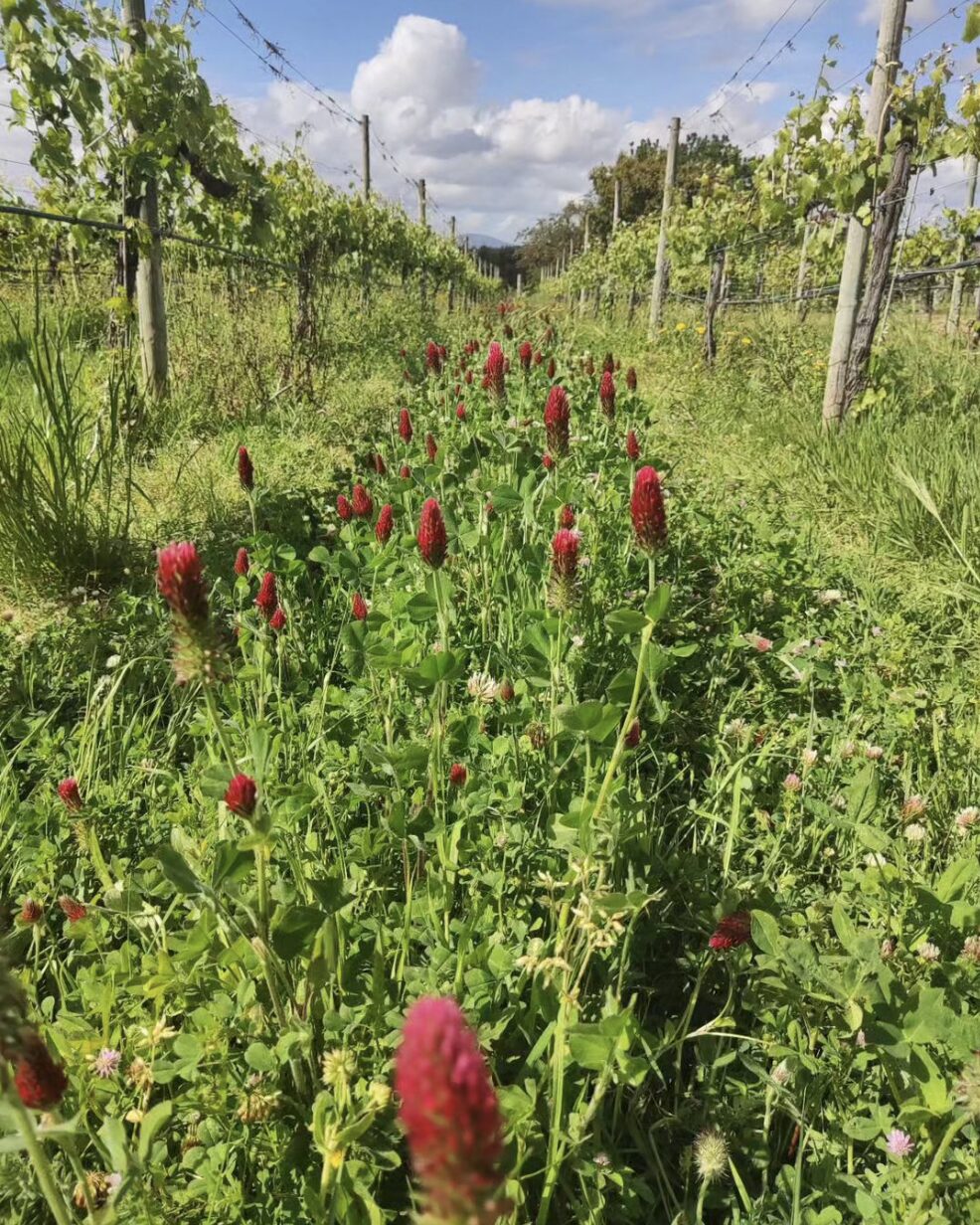Rosé wine has experienced a surge in popularity in recent years, becoming a staple in many wine enthusiasts’ collections. However, along with its rise to fame, a number of myths and misconceptions have emerged about this delightful pink drink. In this post, we’ll dive into some of the most common rosé wine myths and separate fact from fiction, so you can enjoy your next glass with confidence.
Myth 1: Rosé wine is just white and red wine mixed together: One of the most persistent myths about rosé wine is that it’s simply a blend of white and red wines. In reality, rosé wine is made through a specific winemaking process called maceration. During maceration, the skins of red wine grapes are left in contact with the grape juice for a short period of time, typically a few hours to a couple of days. This process gives rosé its signature pink hue, without the need for blending white and red wines.
Myth 2: Rosé wine is always sweet: While some rosé wines are indeed sweet, there’s a wide range of styles available, from bone dry to off-dry to sweet. The sweetness of a rosé wine depends on factors such as grape variety, winemaking techniques, and residual sugar content. Many rosé wines, especially those from regions like Provence in France, are dry and crisp, offering a refreshing alternative to sweeter styles.
Here are two of our favorite Provençal style rosé wines that showcase the dry and crisp style!
2022 Chateau Barbebelle Coteaux d’Aix en Provence ‘Fluerie’ Rosé – $23
2022 Chateau Barbebelle Aix-en-Provence ‘Cuvée Madeleine’ Rosé – $25
Myth 3: Rosé wine is only meant to be consumed in the Spring and Summer: While rosé wine is often associated with warm weather and outdoor gatherings, there’s no reason to limit your enjoyment of it to the warm sunny months. Rosé can be a versatile option year-round, pairing well with a variety of foods and occasions. In fact, its vibrant acidity and fruit-forward flavors make it a great choice for pairing with a wide range of dishes, from seafood to grilled meats to spicy cuisine.
A few of our favorite crowd pleasers:
Seafood Pasta: The bright acidity of rosé complement the delicate, yet savory flavors of seafood pasta like our Swordfish Papardelle. The lemon and tomatillo in this dish are high in acid, and the little kick from dijon make this pasta a flavor bomb! Any rosé will be a wonderful sip, washing down these bright flavors.
Margaux’s Halibut Ceviche: Rosé’s crisp acidity and red berry flavors complement the richness of halibut in this bold and fresh ceviche. The combination of fresh lime and orange juice, heat from the jalapeño, crisp corn and avocado will make you craving more summer nights.
Grilled Summer Vegetables: Rosé’s versatility makes it an excellent match for grilled vegetables. Serve a colorful array of zucchini, bell peppers, summer squash, onions, and cauliflower, seasoned with olive oil, garlic, and fresh herbs like thyme and rosemary.
The Winter months calls for a fuller body rosé that expresses richer flavors that compliment the heartier foods that we tend to gravitate towards during the chillier season.
Thai Red Curry Salmon is the perfect pairing for the fuller body rosé
Myth 4: All Rosé wine is inferior quality: Another common misconception is that rosé wine is of lesser quality compared to its red and white counterparts. In reality, there are many high-quality rosé wines produced around the world, using a variety of grape varieties and winemaking techniques. Some of the most renowned wine regions, such as Provence, Tavel, and Bandol in France, are known for their exceptional rosé wines. Like any style of wine, the quality of rosé ultimately comes down to the skill of the winemaker and the quality of the grapes.
Check out the book Rosé All Day, to dive into more of the wonderful renowned wine regions and winemakers.
Myth 5: Rosé wine doesn’t age well: While it’s true that most rosé wines are meant to be enjoyed young and fresh, there are exceptions to this rule. Some higher-end rosé wines, particularly those made from certain grape varieties like Grenache and Mourvèdre, can benefit from aging, developing more complex flavors and aromas over time. However, the vast majority of rosé wines are best consumed within a year or two of their release to preserve their vibrant fruit character.
Myth 6: Rosé wine is only for novice wine drinkers: There’s a misconception that rosé wine is somehow less sophisticated or complex than red or white wines, and therefore only suitable for beginner wine drinkers. In reality, rosé wine can be just as nuanced and intriguing as any other style of wine, with a wide range of flavors, aromas, and textures to explore. Many experienced wine enthusiasts appreciate the elegance and versatility of a well-crafted rosé.
Myth 7: Rosé wine doesn’t pair well with cheese: While red and white wines are often touted as the ideal companions for cheese, rosé wine can be a delightful pairing option as well. Its versatility and balanced acidity make it a great match for a wide range of cheeses, from creamy brie to tangy goat cheese to aged cheddar. Experiment with different combinations to discover your own favorite rosé and cheese pairings.
Pan Con Tomate with Manchego is a must to compliment your charcuterie board!
Be sure to check out 7 Sommelier-Approved Rosé Wine Pairings for our Gaux-To recipes from our test kitchen!
If you want to learn more about rosé, check out our Comprehensive Guide to Rosé Wine
Looking to explore a variety of rosé wines from around the world? Be sure to sign up for our Shades of Rosé 2024 Collection – It’s a mini rosé subscription April-September where you’ll receive 4 rosé wines per month.
Our team of sommeliers are here to debunk and answer any of your questions! Email us at info@argaux.com




